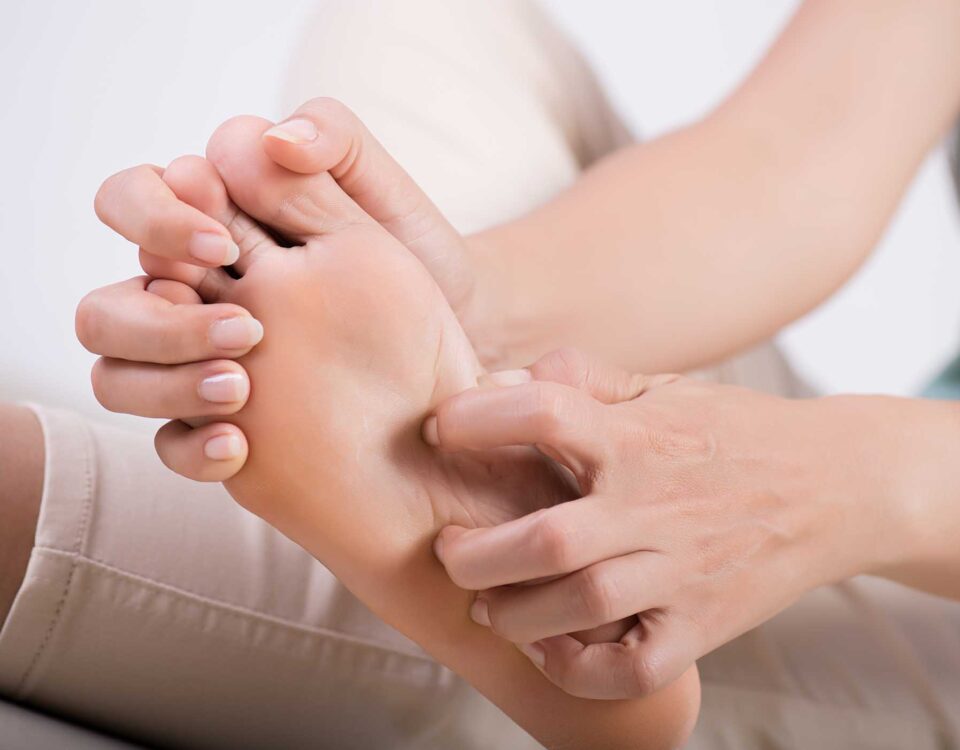How to Reduce Heel Pain

When Is Surgery Needed on a Bunion?
December 10, 2021
What Causes Painful Heels and When to See a Doctor
January 8, 2022Doctors who can treat problems related to the feet are known as podiatrists. With respect to one or both heels, typical illnesses include soreness, sharp foot pain, or stiffness at the bottom. Heel pain in Houston is usually at its peak first thing in the morning or after sitting for a long time and getting up, causing hobbling for a few minutes before resuming a comfortable stride. Mild to severe pain may persist as more body weight is applied during the process of standing or walking.
People Facing Heel Pain in Houston
Adults such as laborers, office workers, or athletes, who put a lot of weight on their feet, are most likely to feel pain in their heels. However, if the foot’s growing bone feels irritation, it may occur in children as well. Heel discomfort can occur anywhere in the foot, including directly on the heel bone or within the connective tissues of the foot, known as the fascia.
Pain Under and Behind the Heel
One of the most common reasons for heel pain is a condition termed as plantar fasciitis, which occurs beneath the heal. Similarly, pain that takes place behind the heel, and on the inner or outside area of the heel is called Achilles’ tendinitis.
It may be surprising for some to know that this pain is usually not caused by a single injury, but by repeated stress. It is generally moderate at first, but it can quickly become severe and disabling. It normally goes away without therapy, although it can sometimes linger and become chronic.
Causes for Heel Pain
- Tarsal Tunnel Syndrome – In the rear of the foot, a major nerve can become pinched or entrapped (compressed). This type of compressive neuropathy can affect either the ankle or the foot.
- Severs Disease – Overuse of the heel bone’s growth plates are the most common cause of heel discomfort in children and teenagers. Children between the ages of 7 and 15 years are typically affected by this.
- Heel Bursitis – Inflammation can occur in the bursa, a fibrous sac filled with fluid in the back of the heel. It can occur as a result of landing awkwardly or forcefully on the heels, or as a result of pressure from footwear. The Achilles tendon can bulge at times.
- Plantar Fasciitis – From the calcaneum (heel bone) to the tip of the foot, the plantar fascia is a strong bowstring-like ligament. Soft tissues of plantar fascia get irritated when it is stretched too much. This commonly occurs where it connects to the heel bone, but it can also occur in the center of the foot.Under the foot, there is can be pain, especially after lengthy periods of rest.
Treatment for Heel Pain
Self care is the best method of treatment here, with processes like:
- Physical therapy can offer exercises to stretch the plantar fascia and Achilles tendon while strengthening the lower leg muscles, resulting in improved ankle and heel stability.
- Athletic taping improves support to the bottom of the foot.
- Shoes containing heels made by soft rubber should be worn.



